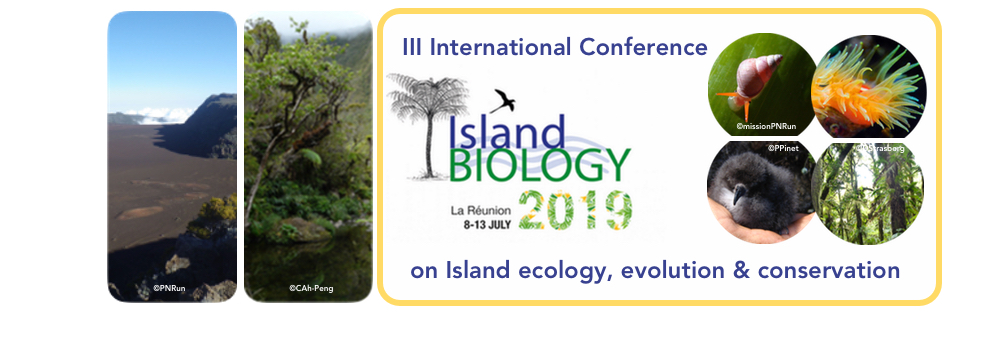On Kaua'i, both the Newell's Shearwater and Hawaiian Petrel are vulnerable to power line collisions, because they make frequent nocturnal flights crossing power lines, and light attraction which grounds fledglings during their first flight to sea. To determine the impact of power line collisions, we have conducted 6,091 hours of observations from 2012-2018 quantifying seabird power line collisions, flight height, and behavior at power lines. We also developed a novel monitoring tool - automated acoustic surveys of avian power line collisions - which has dramatically increased the temporal and spatial scale of monitoring (276,879.5 total hours), overcoming many of the biases inherent in traditional bird carcass counts. Based on our observations, we report that 9.3-15.3% of seabird power line collisions result in an immediately grounded bird and use this as a proxy for minimum mortality. Automated acoustic surveys at a sample of sites along the entire power line grid detected a total of 8,715 collisions over six years. We developed a statistical model to predict collision risks across the island-wide transmission wire grid and estimated a total of 10,552 collisions per year, with a minimum mortality of between 981-1,614 endangered seabirds annually. We validated our model estimates both statistically and with orthogonal data sets. The acoustic results are fully supported by both downed bird results and a separate mechanistic model utilizing observations of seabird collisions and passage rates at power lines. The observer model fit seabird collisions to observational data, incorporating powerline characteristics as well as spatial, temporal, and environmental covariates to asses risk. These results show that power lines collisions are the largest documented source of mortality for two endangered species shown to have undergone a large-scale population declines on Kaua'i. To determine the impact of light attraction, we conducted 7,500 km of surveys looking for grounded juvenile birds. We found a mortality rate of 35-43% for grounded birds, and discovered that dead birds were rarely reported by the public. Given that Kauai residents have found >30,000 live birds since 1979, we estimate that unreported mortality was between 16,100-22,600 seabirds over the same time period.

|
|
|
|
Human caused mortality crisis for the endangered seabirds of Kaua'i: quantifying the impact of power line collisions and light attraction
1 : Kauai Endangered Seabird Recovery Project-University of Hawaii
(KESRP/PCSU)
3900 Hanapepe Rd, Hanapepe Hi -
United States
2 : Conservation Metrics Inc.
(CMI)
145 McAllister Way, Santa Cruz, CA 95060 -
United States
3 : Nhydra Ecological Research
* : Corresponding author
Head Of St Margarets Bay, Nova Scotia -
Canada
|
| Online user: 50 | RSS Feed |

|
 PDF version
PDF version